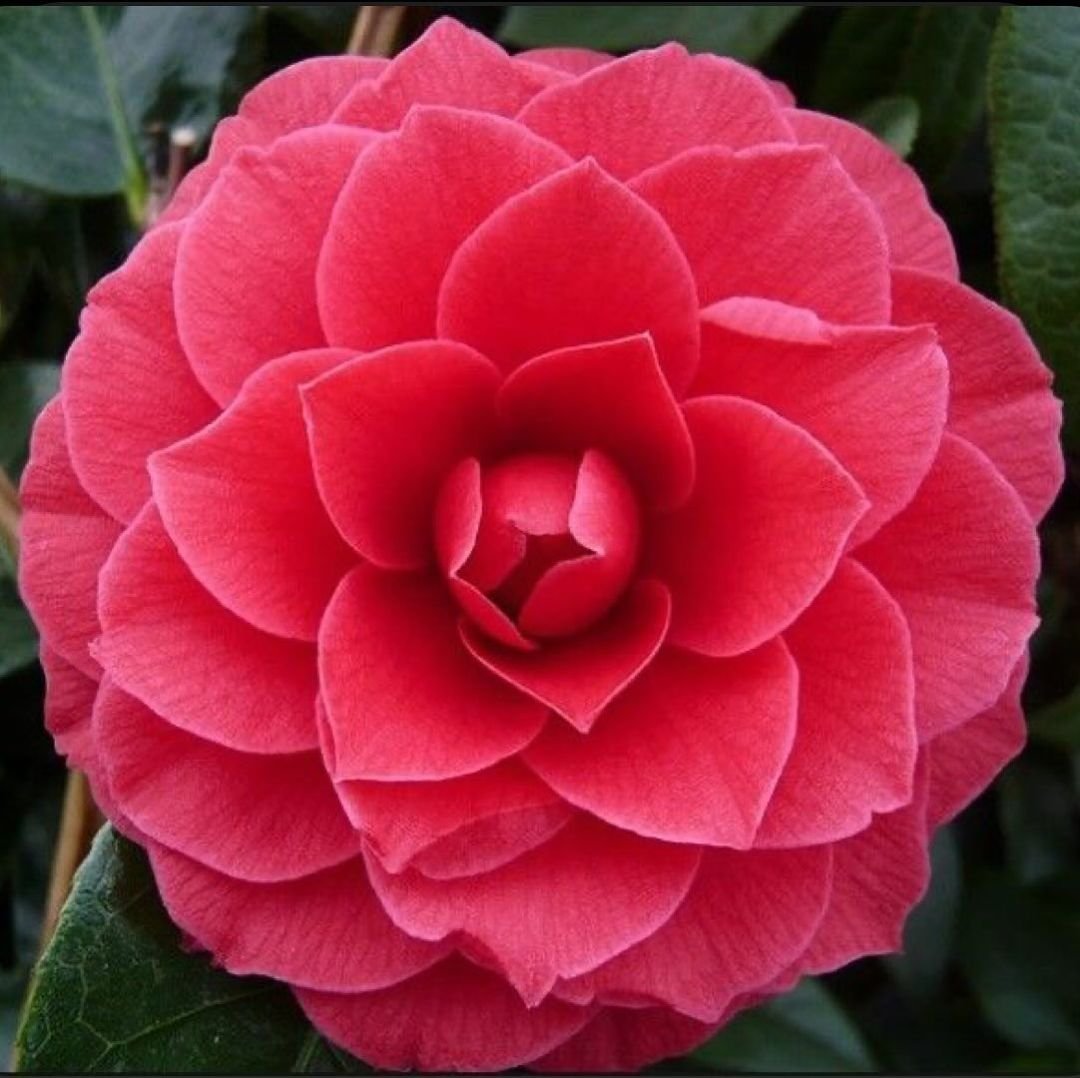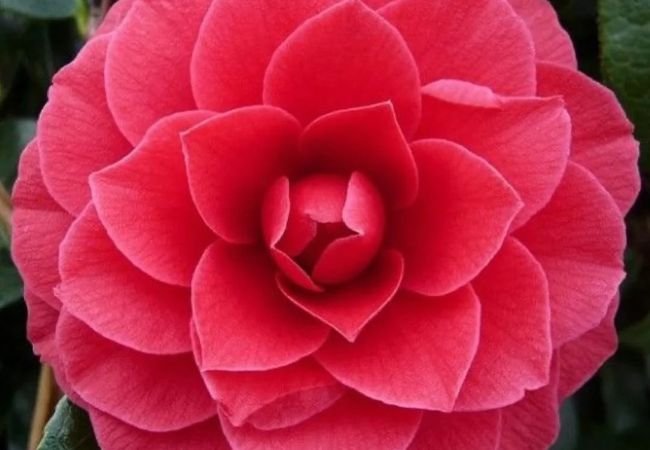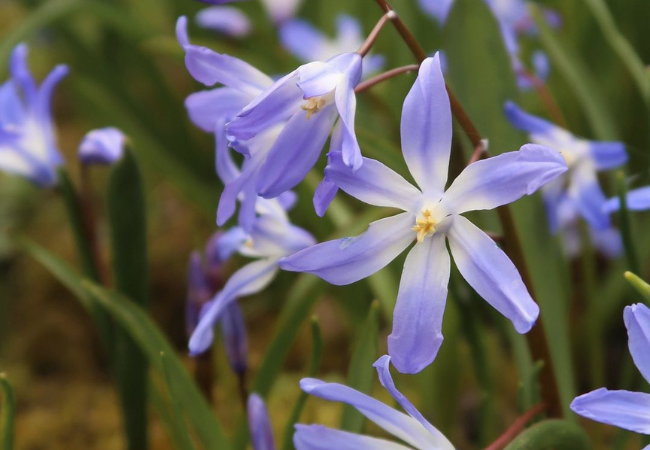Discover the beauty and versatility of Camellia flowers. Learn how to grow, care for and enjoy these stunning blooms in your garden. Perfect for both new and experienced gardeners in the USA.
Have you ever seen a Camellia flower? These beautiful blooms are popular in many US gardens. They come in different colors and can brighten up your yard even in winter. Let’s learn more about these special flowers and how you can grow them.
Here’s an information chart for Camellia flowers (Camellia spp.):
| Aspect | Details |
|---|---|
| Botanical Name | Camellia spp. |
| Common Name | Camellia |
| Plant Type | Evergreen shrub or small tree |
| Hardiness Zone | Zones 7-9 (varies by species) |
| Sun Exposure | Partial shade to full shade |
| Soil Type | Well-drained, acidic, fertile, moist |
| Watering | Regular, keep soil evenly moist |
| Growth Habit | Bushy, rounded |
| Height/Spread | 6-12 feet tall, 6-10 feet wide (varies by species) |
| Special Features | Large, showy flowers in various colors (white, pink, red); glossy, dark green leaves; blooms in fall, winter, or early spring; excellent for ornamental gardens and as a flowering hedge |
What are Camellia Flowers?

Camellias are evergreen shrubs that produce large, showy flowers. They’re related to the plant that gives us tea. Camellias can grow quite big, sometimes reaching up to 20 feet tall. Their flowers can be white, pink, red or even mixed colors.
Types of Camellias
There are many types of Camellias, but the most common in the USA are:
- Camellia japonica – Japanese Camellia
- Camellia sasanqua – Sasanqua Camellia
- Camellia sinensis – Tea Plant
Where Do Camellias Grow?
Camellias grow well in the southern and coastal parts of the USA. They like USDA hardiness zones 7-10. This means they do best in places with mild winters.
How to Grow Camellias
Growing Camellias takes some care, but it’s not too hard. Here’s what you need to know:
1. Planting
- Plant in fall or early spring.
- Choose a spot with partial shade.
- Use acidic, well-draining soil.
2. Care
- Water regularly, especially when young.
- Fertilize in spring after flowering.
- Prune after flowering to shape the plant.
3. Common Problems
- Watch for petal blight, a fungal disease.
- Protect from cold in northern areas.
Uses of Camellias
In the Garden
- Plant as a focal point in your yard.
- Use as a natural screen or hedge.
- Grow in large pots on patios.
For Decoration
- Cut flowers for indoor displays.
- Use in winter flower arrangements.
Interesting Facts About Camellias
- Camellias can live for hundreds of years.
- The leaves of Camellia sinensis are used to make tea.
- In the language of flowers, Camellias symbolize love and affection.
Growing Tips
- Test your soil pH before planting. Camellias like acidic soil.
- Mulch around the base to keep roots cool and moist.
- Protect from strong winds and hot afternoon sun.
Possible Challenges
- Camellias grow slowly, so be patient.
- They can be picky about their growing conditions.
- In colder areas, winter protection may be needed.
Camellias Through the Seasons
- Fall: Sasanqua Camellias start blooming.
- Winter: Japanese Camellias bloom, adding color to winter gardens.
- Spring: New growth appears.
- Summer: Plants focus on growing, not flowering.
Camellias are beautiful flowers that can add color and interest to your garden year-round. With a little care, you can enjoy these lovely blooms for many years. Why not try growing a Camellia in your yard?
Remember, gardening is about enjoying nature and learning new things. Have fun with your Camellias!
For more gardening tips and plant care guides, visit usagardenhub.com.







One comment on “Camellia Flowers : A Complete Guide for USA Gardeners”